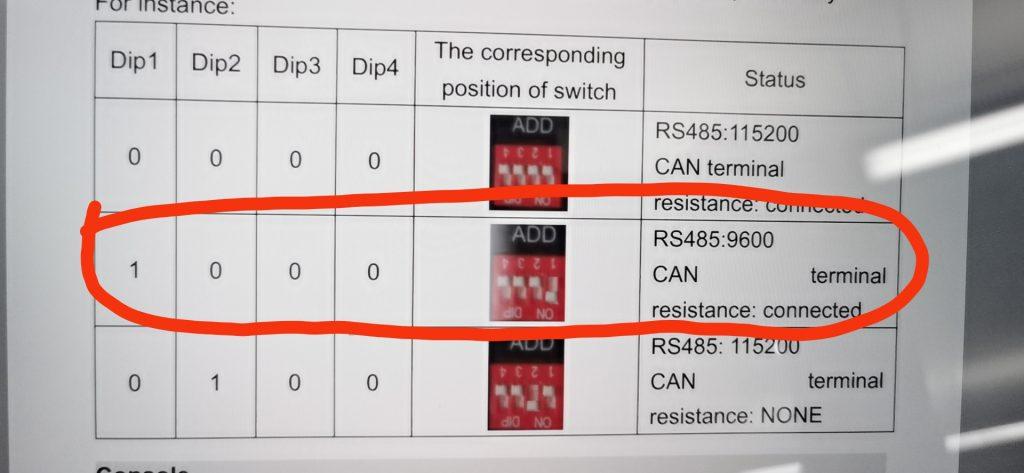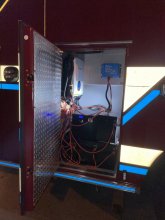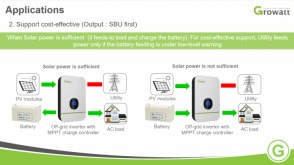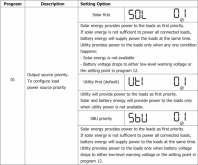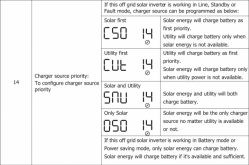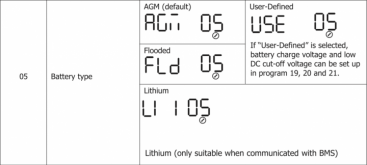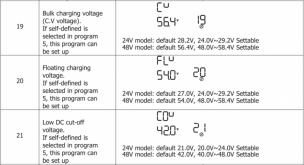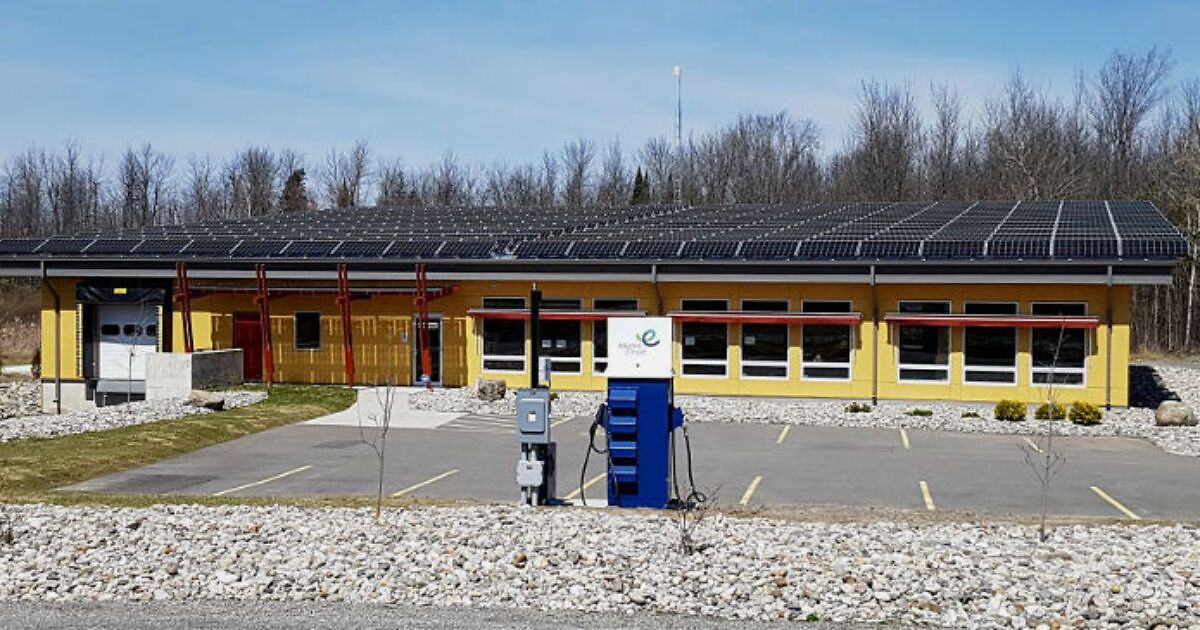John Frum
Tell me your problems
- Joined
- Nov 30, 2019
- Messages
- 15,230
stationary offgrid cabin
The cabin main panel should have a green screw that connects the neutral and ground bus bars.
The neutral and ground need to be bonded in exactly one place and one place only.
Your topology will look like this
Code:
generator->growatt->main_panel_master_breakerNeither the generator or the growatt should have a neutral ground bond because it is done at the panel.
The primary reason to have a neutral ground bond is to make a low impedance path back to neutral to allow a ground fault to trip the breaker and thus clear the dangerous condition.
You should also have a ground rod bonded to the ground bus bar but this is another story.
Hope that is clear.



